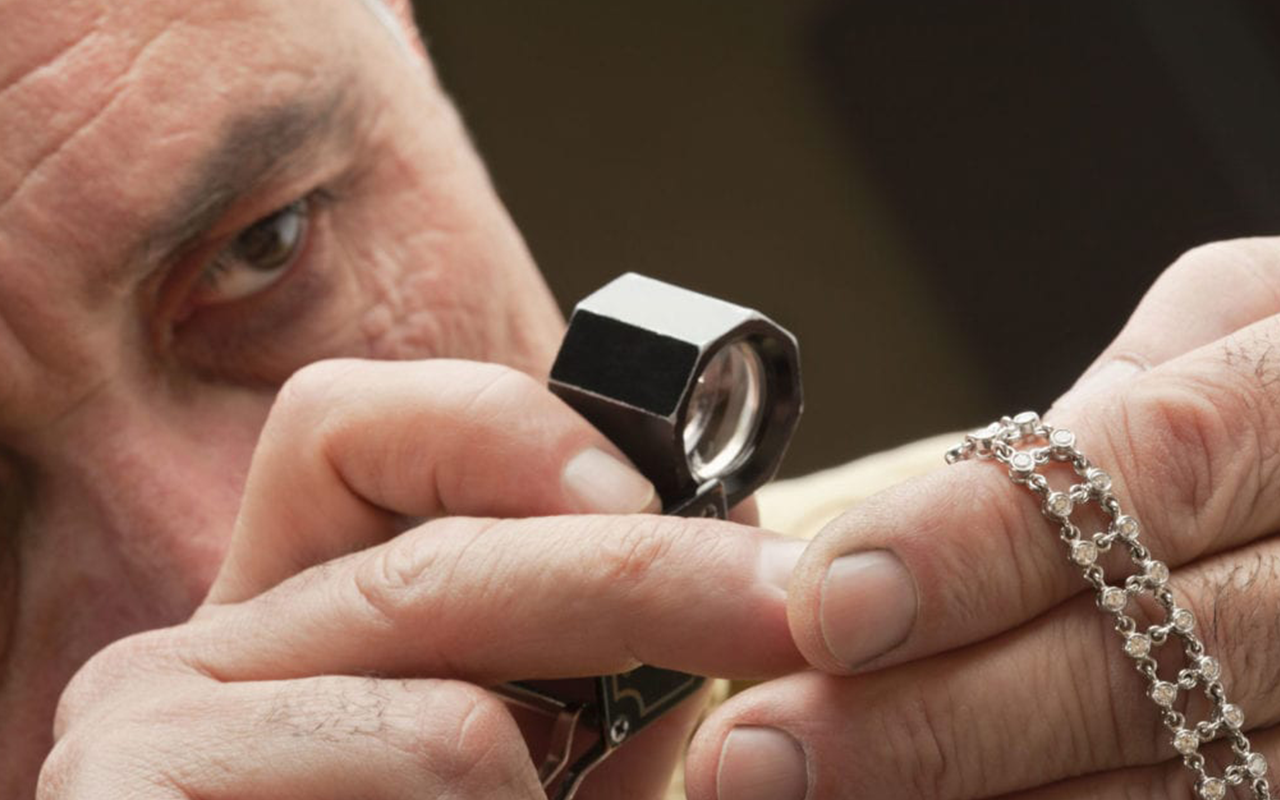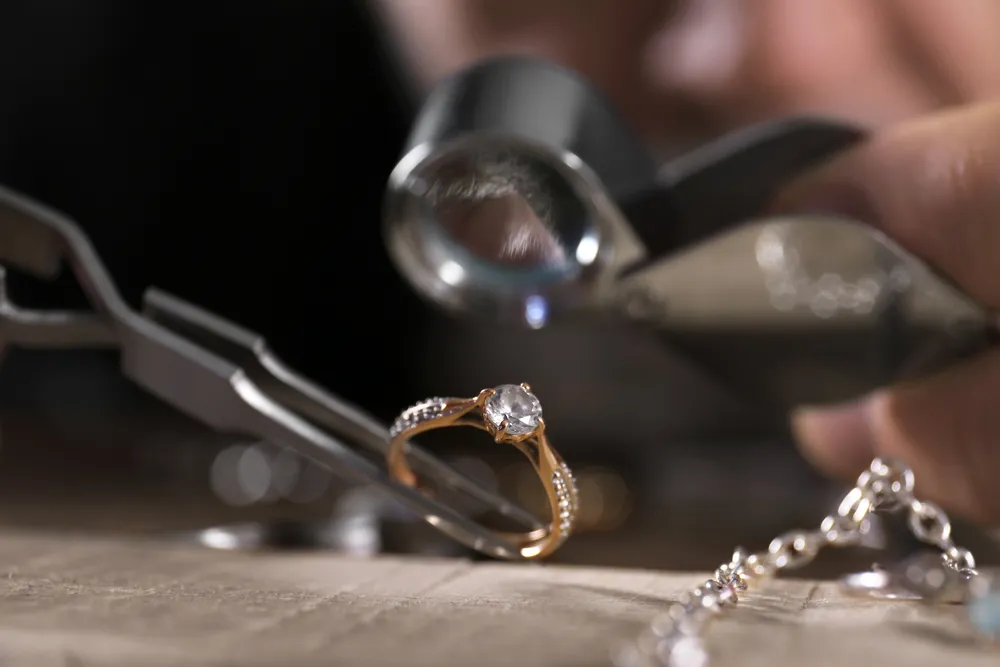Antique Appraisers Services
What is involved in the jewelry appraisal process
The jewelry appraisal process begins with an initial consultation where the appraiser gathers information about the piece, including its history, any documentation, and the purpose of the appraisal. The appraiser will then conduct a detailed examination, which may involve using magnification, measuring tools, and gemological instruments to assess the gemstones and metals. The appraiser will evaluate the quality, rarity, and condition of the piece, taking into account factors like carat weight, cut, clarity, and color for gemstones, as well as the craftsmanship and design of the setting.
Once the examination is complete, the appraiser will research current market values and trends to determine the piece's value. The final appraisal report will include a description of the piece, photographs, and the appraised value, along with any relevant certifications or documentation. This process ensures that you have an accurate and detailed understanding of your jewelry's worth.
What long-term benefits can you expect from regular jewelry appraisals
Regular jewelry appraisals offer long-term benefits, including up-to-date valuations for insurance purposes, better financial planning, and informed decisions for selling or passing down your jewelry. As market values for precious metals and gemstones fluctuate, having an up-to-date appraisal ensures that your insurance coverage reflects the current value of your jewelry. This is crucial in case of loss, theft, or damage, as it allows you to claim the correct amount. Regular appraisals also help you make informed decisions about selling, gifting, or bequeathing your jewelry, ensuring that you and your heirs understand its true worth. Overall, keeping your jewelry appraised provides peace of mind and financial security.
FAQs
How often should I have my jewelry appraised?
It's recommended to have your jewelry appraised every 2-5 years, especially for valuable pieces. Market conditions and the value of precious metals and gemstones can change, so regular appraisals ensure your valuations are up to date.
What information is included in a jewelry appraisal report?
A jewelry appraisal report typically includes a detailed description of the piece, including gemstone and metal specifications, measurements, and condition. It also includes photographs, the appraised value, and any relevant certifications or documentation.
Can I use an appraisal for insurance purposes?
Yes, a jewelry appraisal is often required by insurance companies to establish the value of your jewelry for coverage. An up-to-date appraisal ensures that your insurance policy reflects the current value, protecting you in case of loss or damage.
What’s the difference between an appraisal and a jewelry certification?
An appraisal provides a valuation of your jewelry based on current market conditions, while a certification (often from a gemological lab) verifies the authenticity and quality of a gemstone. Both can be important, but they serve different purposes.
How can I verify the credibility of a jewelry appraiser?
To verify the credibility of a jewelry appraiser, look for certifications from reputable organizations such as the American Gem Society (AGS) or the Gemological Institute of America (GIA). Additionally, check their experience, customer reviews, and ask for references.







